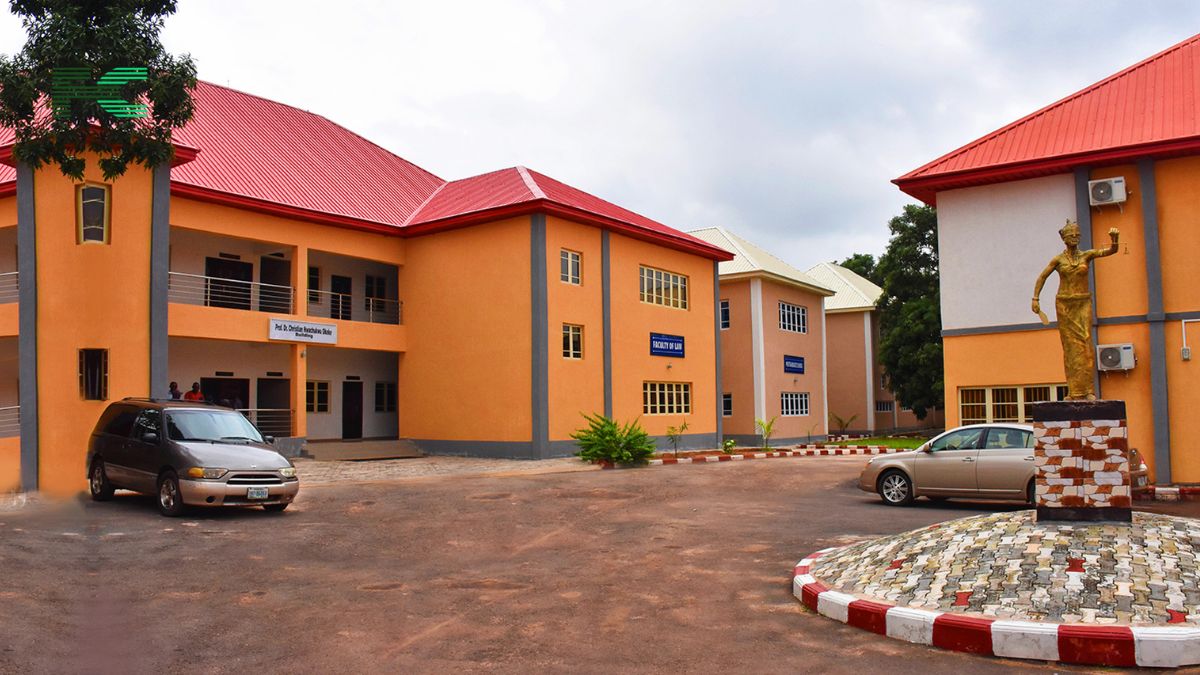Having a stuffy nose that won’t go away is a very frustrating situation. It comes with a heavy feeling in the face, and causes trouble breathing through the nose. These symptoms can be associated with sinus infection, which is also called sinusitis. A sinus infection happens when the sinuses, which are small, air filled spaces in your forehead, cheeks, and around the nose, get swollen or inflamed.

Overview of Sinus Infection
There are thin, moist tissue lining your sinuses. This tissue lining can get irritated as a result of colds, allergies, or even pollution, which leads to the beginning of sinus infections. When the sinuses get irritated they swell up, and trap mucus inside. This creates a great environment for germs like viruses, bacteria, or fungi to grow in the trapped mucus, causing an infection.
Types of Sinus Infection
Acute Sinusitis: Acute sinusitis is a type that’s short term which lasts for less than four weeks. It’s caused by a virus, the one that causes the common cold. Even though this type is mostly caused by viruses, bacteria or allergies can also trigger it.
Chronic Sinusitis: As the name implies, this type of sinusitis sticks around for a long time, lasting 12 weeks or more. It’s caused by nasal polyps (small growths in the nose) or repeated exposure to allergens.
Recurrent Sinusitis: This type of sinusitis keeps coming back. Recurrent sinusitis causes you to have several episodes in one year, each of them lasting less than four weeks. This happens often when someone has repeated infections, ongoing allergies, or is being irritated by things in the environment.
Common Symptoms of Sinus Infections
- Nasal congestion and drainage
- Facial pain and pressure
- Headache
- Fever
- Cough
- Reduced sense of smell and taste
Causes of Sinus Infection
Pathogens (Germs): There are different types of germs that cause sinus infections. The most common cause of sinus infection is a virus, especially after a cold. Bacteria can sometimes cause sinus infections if mucus builds up and gets trapped. Lastly, fungi are a rare cause but can happen in people with long-term sinus problems or a weakened immune system.
Structural Issues: There are two main structural issues that could cause sinus infection. The first is a deviated septum, which happens when the thin wall inside your nose isn’t straight. If the wall isn’t straight enough, it becomes harder for mucus to drain. Secondly, nasal polyps, which are small painless growths in the nasal passages that can block airflow and trap mucus.
Allergies: If you’re allergic to things like dust, pollen, or pet dander, your body reacts by producing a lot of mucus and swelling in your sinuses. This reaction can lead to infections. Also, there are things in the environment like pollution, cigarette smoke, or dry air that can irritate the sinuses and make them more likely to become infected.
Summary
It can be very annoying to deal with a sinus infection, particularly if you can’t breathe, your face hurts, and your nose feels congested. Your sinuses get stuffed and collect mucus, causing bacteria or viruses to infect you. This condition is known as sinusitis. Acute sinusitis is a short-term condition, chronic sinusitis is a long-term condition, and recurrent sinusitis is a condition that keeps returning. It can be brought on by colds, allergies, nasal polyps, or even pollution.
















